Your Ultimate Guide to Modified Bitumen Roofing Systems
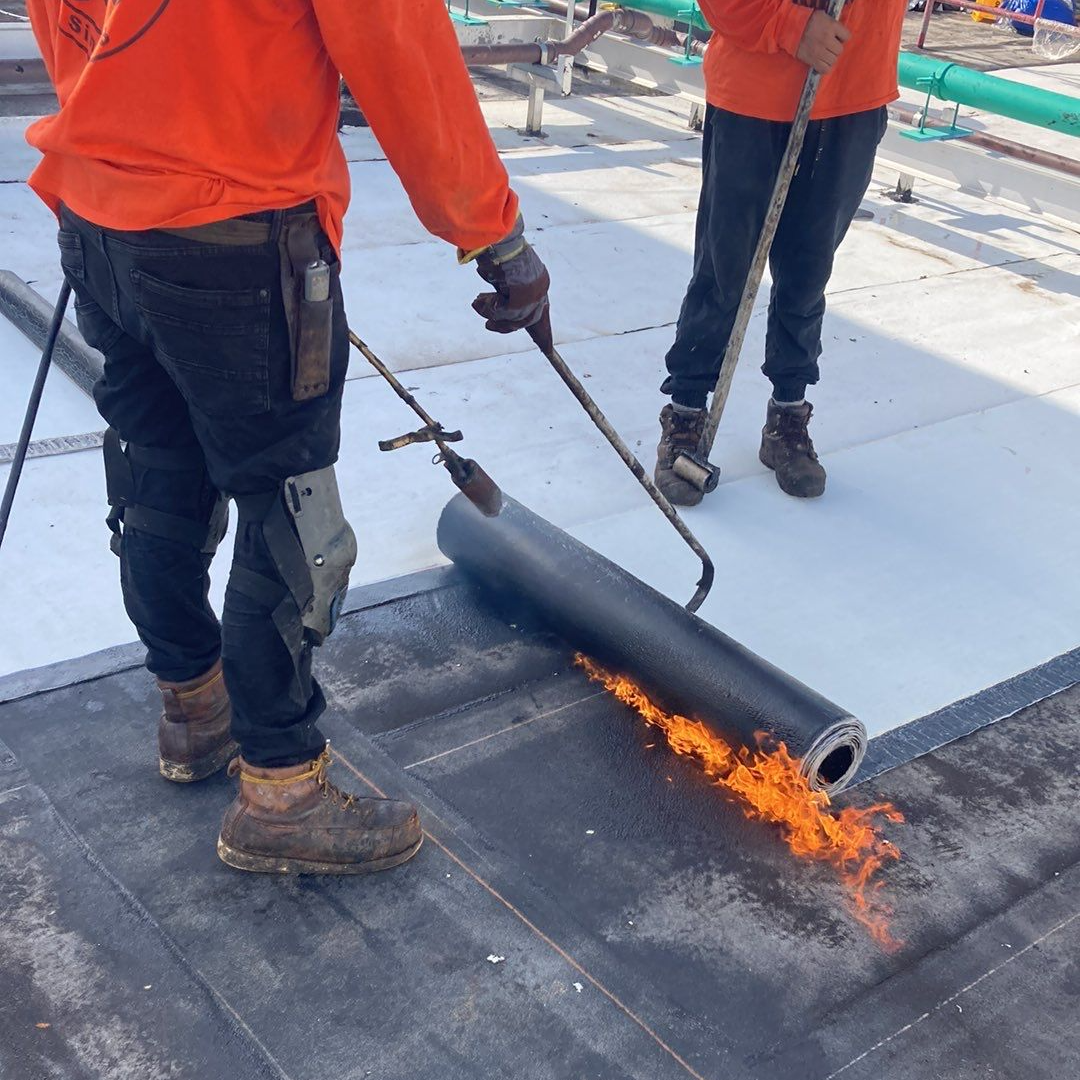
Introduced in the 1960s, Modified Bitumen (mod bit) roofing systems stand out as an efficient and robust solution for commercial properties with flat or low-slope roofs. This cost-effective alternative to the traditional Built-Up Roofing (BUR) system, is gaining popularity and is now an industry favorite.
Understanding Modified Bitumen Roofing System
Modified Bitumen was developed to improve upon built-up roofing systems. This hybrid material combines asphalt membranes with polymerized rubber or plastic and is reinforced with fiberglass, creating a sturdy yet flexible roofing material.
Here's why the mod bit system has become a go-to choice for many:
- Suited for various applications: The mod bit system is versatile enough for commercial, industrial, and residential roofing.
- Multi-layer protection: Mod bit roofing typically comprises two or more layers, providing enhanced durability.
- Weather-resistant: This roofing solution excels in various climates, including harsh conditions like South Florida weather.
Benefits of Modified Bitumen Roofing
There's a myriad of reasons why mod bit roofing has become a popular choice:
- High Tensile Strength: Mod bit is celebrated for its resistance to punctures and tears usually resulting from storm damage, wind-driven debris, and foot traffic.
- Waterproofing: Mod bit provides excellent waterproofing protection, particularly when multi-ply systems are installed.
- Energy Efficiency: With high UV resistance, mod bit systems help to reduce energy costs significantly.
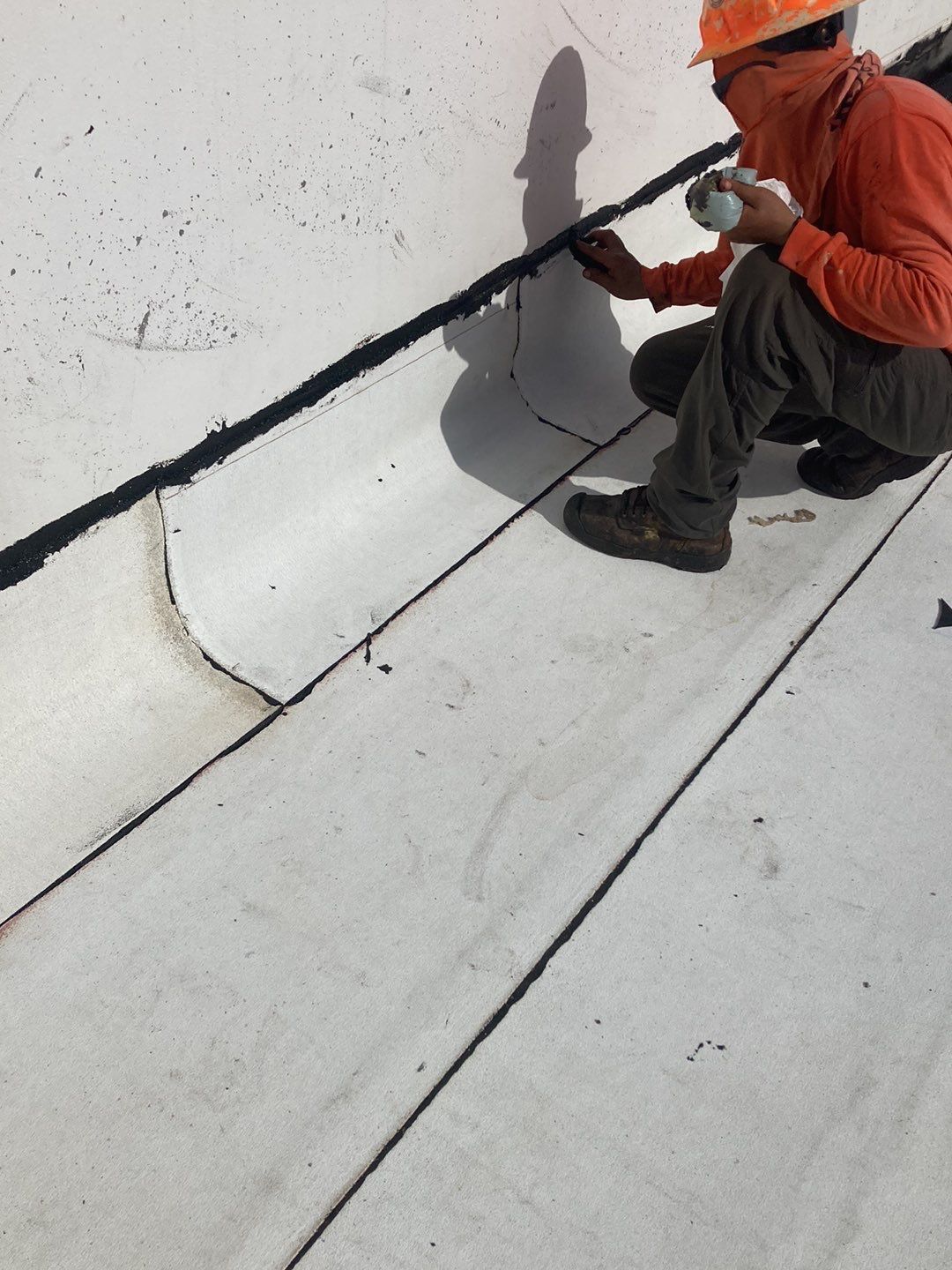
The Installation Process
There are two primary methods of installing a mod bit roof:
- Peel-and-stick: A cost-saving method but is generally less reliable than the professionally installed torch-down systems.
- Torch-down: A professional technique that involves heating the roofing layers until they adhere directly to the underlay. This method creates a consistently sealed defense against water penetration and UV rays.
Selecting the Right Modified Bitumen Membrane
Deciding between Atactic Polypropylene (APP) and Styrene-Butadiene-Styrene (SBS) membranes is a critical choice:
- APP Membranes: APP membranes have a plastic-like quality due to atactic polypropylene, enhancing UV ray protection and promoting effective water runoff.
- SBS Membranes: SBS membranes maintain greater elasticity and flexibility thanks to their synthetic rubber composition, making them versatile for various installation methods.
Considerations with Modified Bitumen
Despite the many benefits, it's essential to consider a few aspects of mod bit roofing:
- Lifespan: With an average life expectancy of about 20 years, its lifespan is relatively shorter than some other materials.
- Heat Absorption: Dark-colored mod bit membranes can absorb more heat, potentially increasing indoor temperatures.
- Installation Drawbacks: The installation of mod bit roofing can produce a strong odor and potentially harmful fumes, especially with torch-applied mod bit.
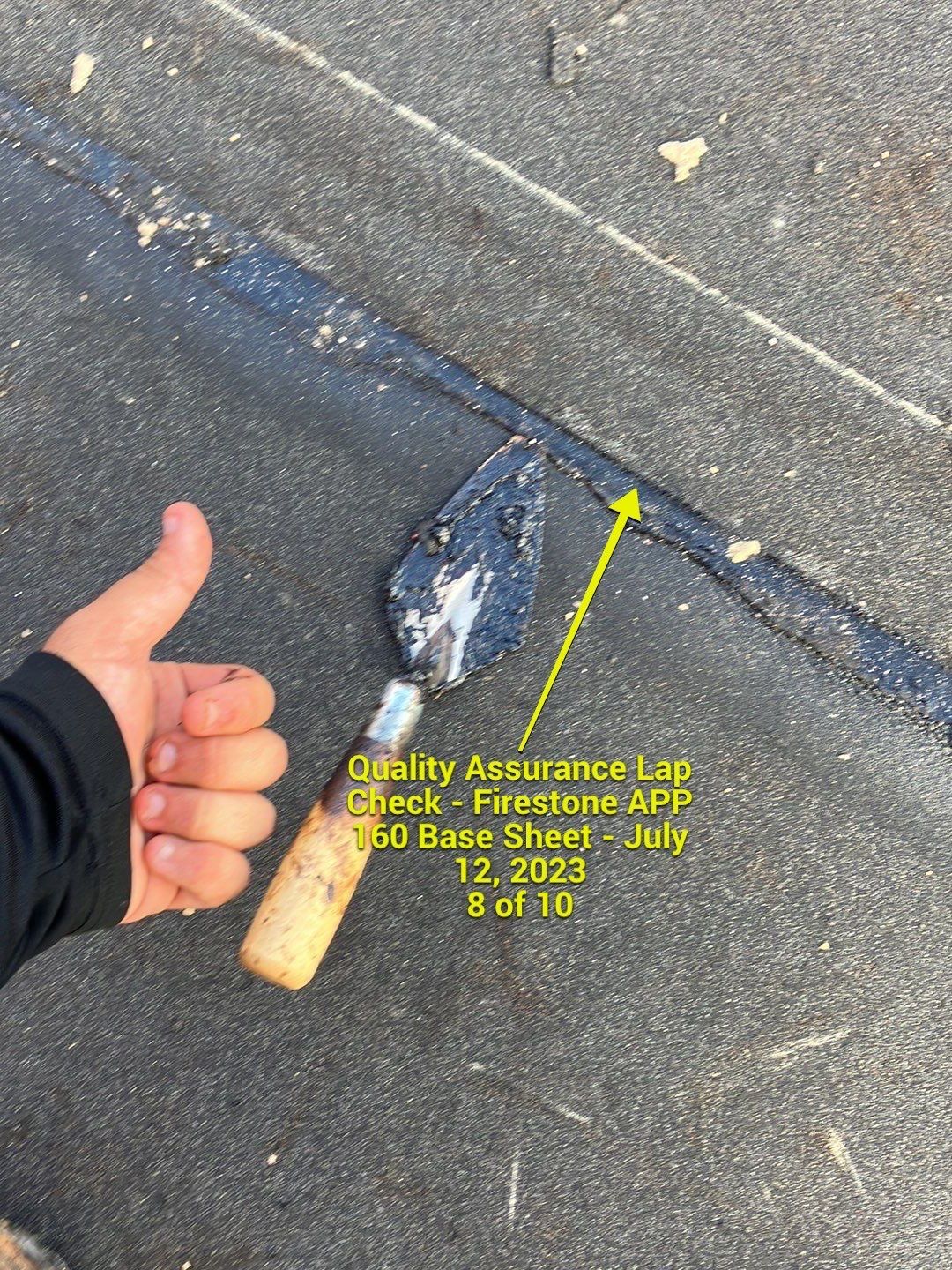
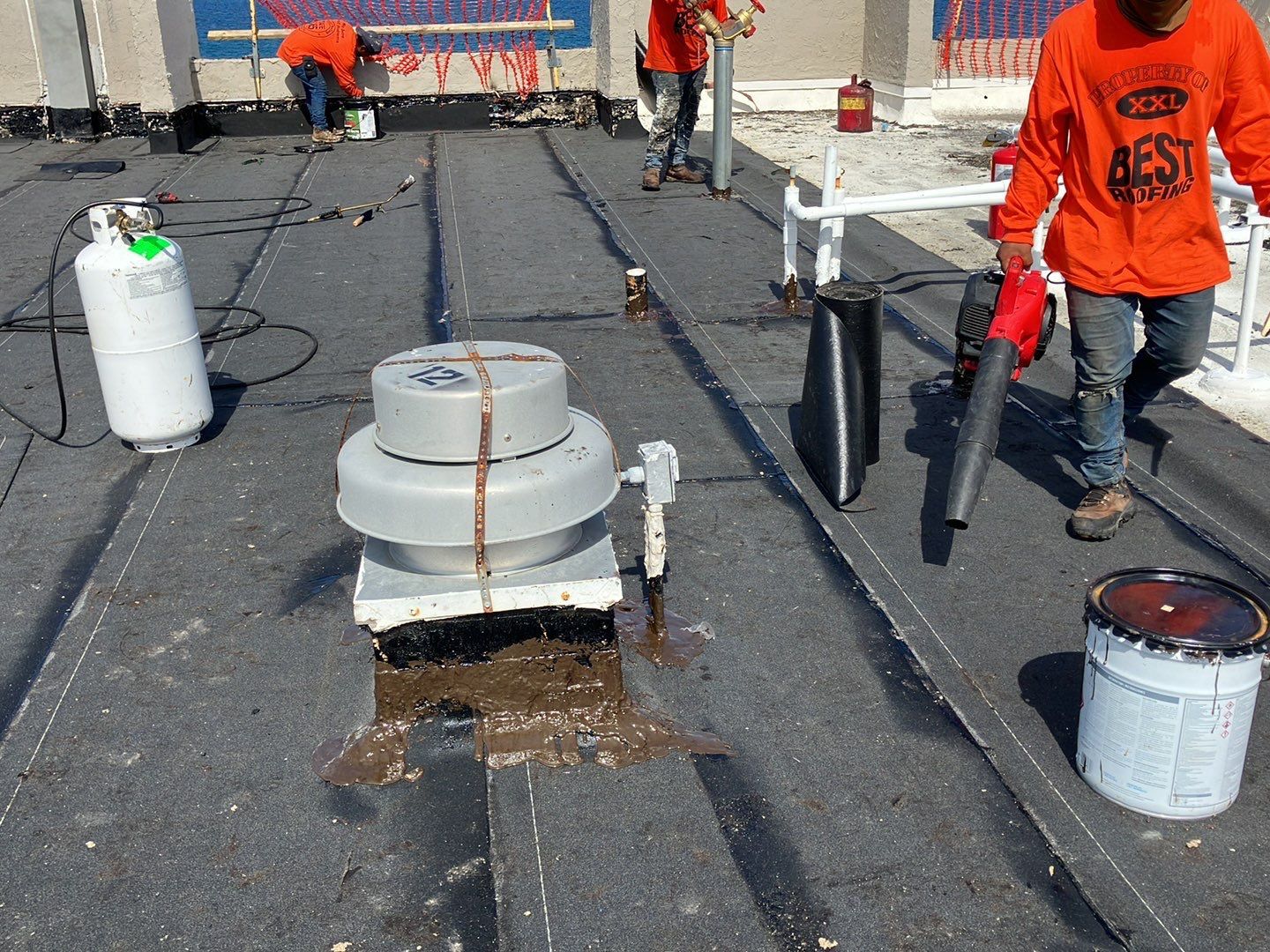
Choosing the Right Modified Bitumen Roofing Contractor
Enlisting an experienced commercial roofing contractor is essential for the technical nature of installing a mod bit roofing system. Here's what to look for:
- Licensed, bonded, and insured in your state.
- Specific training and certification from manufacturers.
- Experience in managing staged roofing projects requiring simultaneous tear-off and installation.
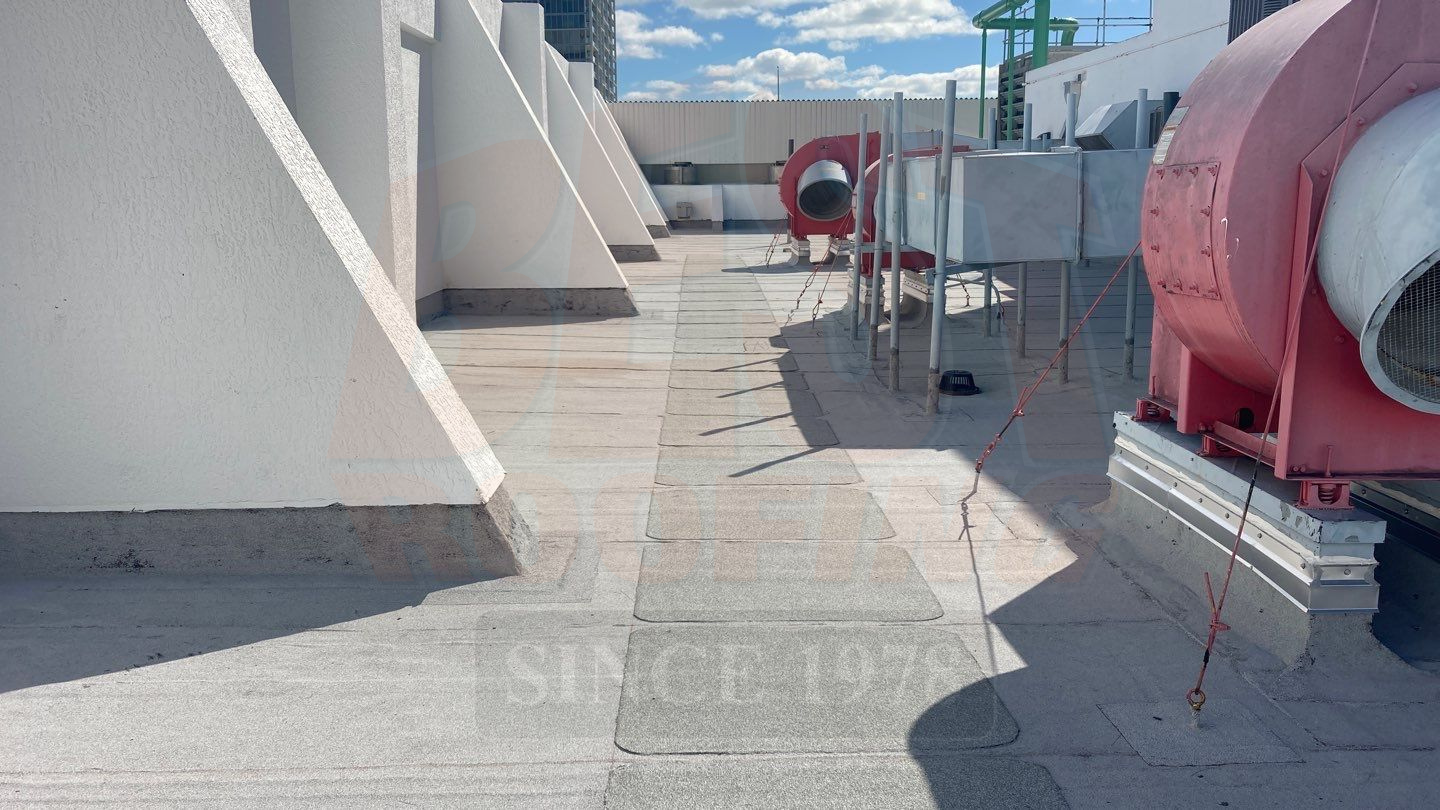
Conclusion
Opting for a modified bitumen roofing system is not just a choice; it's a sound investment in your property's longevity and protection. By understanding its components, the benefits, the installation process, and the importance of choosing the right contractor, you can ensure a high return on this investment for years to come. Armed with this engaging and comprehensive guide, you can confidently move forward with your commercial roofing project.
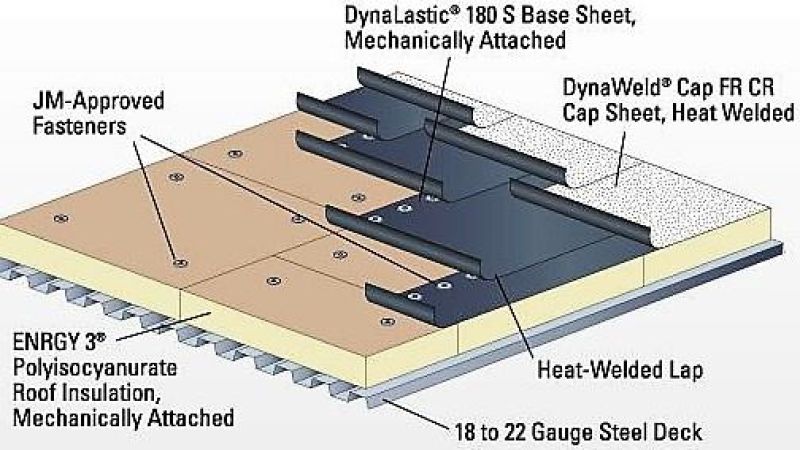
5 Layer System
The framework for a Modified Bitumen Roofing System is a five-layer combination of roofing components.
- Insulation - Used to provide "R" value, or thermal resistance, for temperature stability of the roof system.
- Modified Base Sheets or Plies
- Modified Bitumen Membranes - Factory fabricated sheet membrane composed of co-polymer reinforced with polyester or fiberglass
- Adhesive - Waterproofing material with a bonding agent applied either hot or cold
- Surfacing - Provides UV protection and weathering resistance
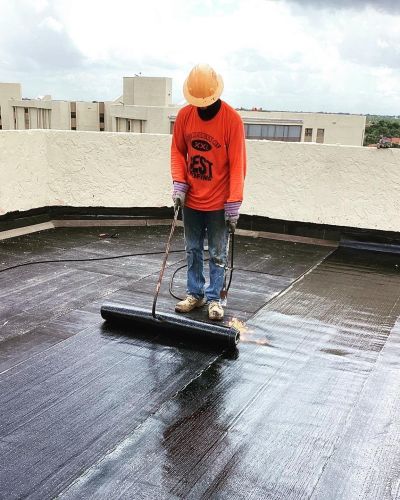
Benefits of Modified Bitumen Roofing
- Modified Bitumen (mod bit) roofing is a flexible, robust material combining asphalt, polymerized rubber/plastic, and fiberglass.
- Mod bit evolved as an alternative to Built-Up Roofing (BUR) systems in the 1960s.
- The mod bit roofing system is suited for commercial, industrial, and residential use, especially on flat and low-slope roofs.
- It offers high tensile strength, excellent waterproofing, and energy efficiency due to UV reflection.
- Installation techniques include the peel-and-stick method and the more reliable torch-down method.
- Two key types of mod bit membranes are APP (plastic-like, UV-resistant) and SBS (elastic, flexible).
- Despite its advantages, mod bit roofing has a shorter lifespan (~20 years) compared to some other materials and can absorb heat if dark-colored.
- The installation process can produce strong odors and potentially hazardous fumes.
- Choosing a skilled and certified roofing contractor is essential for the proper installation of a mod bit roofing system.
- Investing in a mod bit roof contributes to the longevity and protection of your commercial property.
